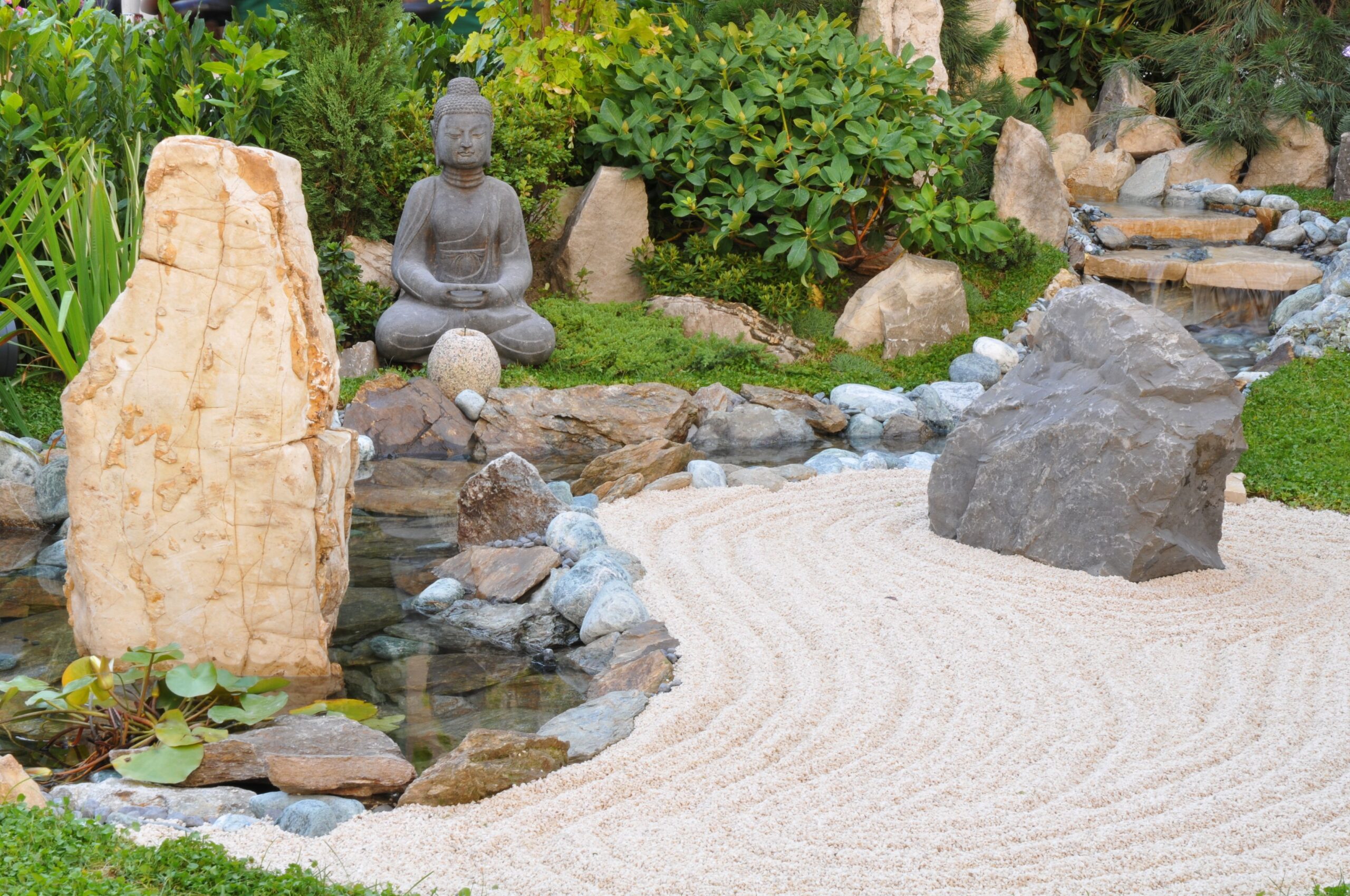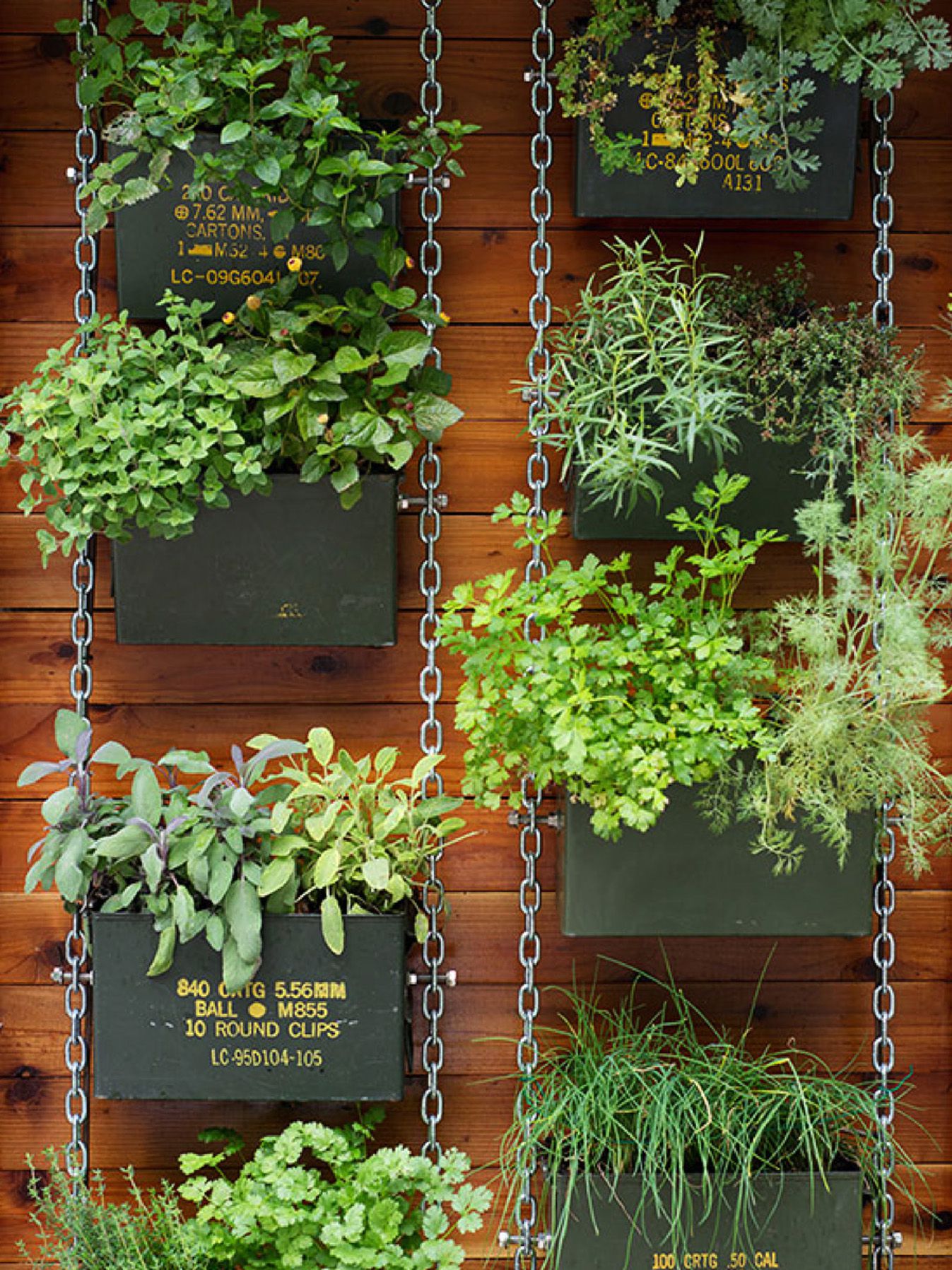If you’re looking to create a peaceful and harmonious Japanese garden, choosing the right rocks and stones is essential. These natural elements not only add beauty and texture to your outdoor space but also symbolize strength, stability, and the tranquility of nature. In this article, you’ll discover the best rocks and stones to incorporate into your Japanese garden, transforming it into a serene sanctuary that transports you to the Land of the Rising Sun. From moss-covered stepping stones to gracefully arranged boulders, get ready to learn how to enhance your garden with the perfect selection of rocks and stones.
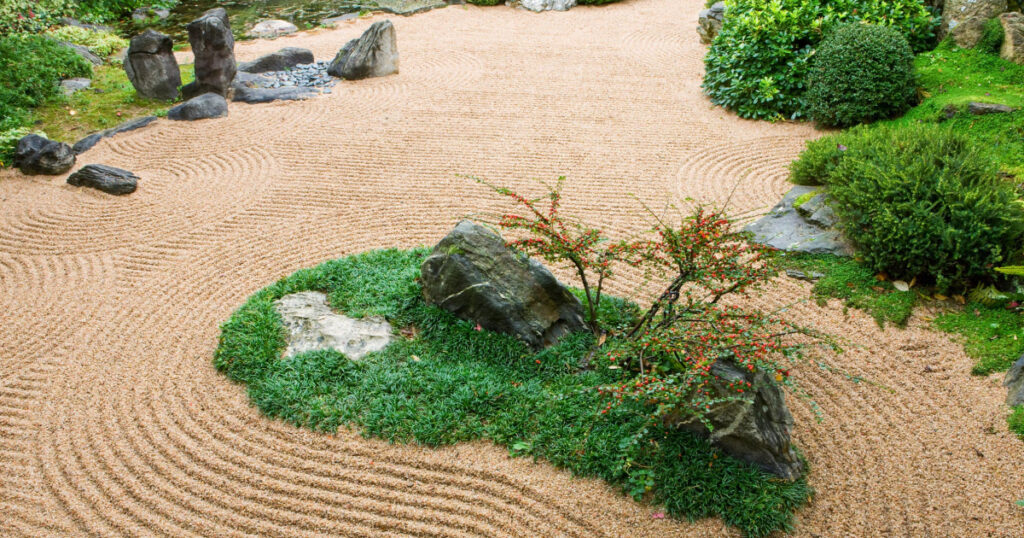
This image is property of media-cldnry.s-nbcnews.com.
Choosing Rocks and Stones for a Japanese Garden
A Japanese garden is known for its serene and peaceful atmosphere, and one of the key elements that contribute to this tranquility is the careful selection and placement of rocks and stones. These natural elements play a significant role in creating the authentic and harmonious aesthetic that is characteristic of Japanese gardens. When it comes to designing your own Japanese garden, selecting the right rocks and stones is crucial. In this article, we will explore the importance of rocks and stones in a Japanese garden, discuss the factors to consider when choosing them, and highlight some traditional Japanese rock types to inspire your design.
1. Importance of Rocks and Stones in a Japanese Garden
1.1 Significance in Japanese Culture
Rocks and stones have a deep-rooted significance in Japanese culture and are highly valued for their symbolic and spiritual meanings. In Japanese Shinto and Buddhist beliefs, rocks are considered to be the dwelling places of kami, or spirits, and are seen as sacred objects. The presence of rocks in a Japanese garden is believed to create a connection between the natural and spiritual worlds, fostering a sense of harmony and tranquility.
1.2 Symbolic Representation
Each rock and stone in a Japanese garden is carefully chosen and positioned to represent various natural elements such as mountains, islands, or waterfalls. These representations are not merely decorative but hold symbolic meaning. Mountains, for example, symbolize strength and stability, while islands represent longevity and isolation. By incorporating these symbolic representations, a Japanese garden becomes a microcosm of the natural world, inviting contemplation and reflection.
1.3 Aesthetic Appeal
Apart from their cultural and symbolic significance, rocks and stones also contribute to the overall aesthetic appeal of a Japanese garden. Their natural shapes, textures, and colors add depth, contrast, and visual interest to the landscape. From the rugged and weathered beauty of mountain rocks to the smooth and rounded garden bed rocks, each stone has a unique character that enhances the visual appeal of the garden. The careful arrangement and placement of rocks create a sense of balance and harmony, accentuating the beauty of the surrounding plants and elements.
2. Factors to Consider
When choosing rocks and stones for your Japanese garden, there are several important factors to consider. These factors will help you select the right rocks and stones that align with the desired aesthetic and create a harmonious composition within your garden.
2.1 Size and Shape
The size and shape of the rocks play a crucial role in the overall design of your Japanese garden. Larger rocks can create a sense of grandeur and prominence, while smaller rocks can be used to create delicate and intricate features. The shape of the rocks should also be considered, as it can impact the overall feel of the garden. Angular and jagged rocks can add drama and energy, while smooth and rounded rocks create a more serene and calming atmosphere.
2.2 Color and Texture
Consider the color and texture of the rocks to ensure they harmonize with the overall color scheme and style of your garden. The color of the rocks can range from warm earth tones to cool grays, and the texture can be rough, polished, or even moss-covered. It is essential to choose rocks that complement the existing vegetation and other elements in your garden to create a cohesive and visually appealing composition.
2.3 Geological Characteristics
Understanding the geological characteristics of the rocks you choose is essential for their long-term durability and stability in your garden. Some rocks may be more susceptible to erosion or cracking over time, while others may be more resistant to weathering. It is crucial to select rocks that can withstand the local climate conditions and will age gracefully, maintaining their beauty for years to come.
2.4 Placement and Arrangement
The placement and arrangement of rocks in your Japanese garden should be carefully planned to create a harmonious and balanced composition. Consider the size and shape of the garden area, and envision how the rocks will interact with other elements, such as trees, shrubs, and water features. Pay attention to the flow and direction of your garden design, as rocks can be strategically positioned to guide the viewer’s eye and create a sense of movement and rhythm within the space.
3. Traditional Japanese Rock Types
To help you further understand the variety of rocks and stones used in Japanese gardens, let’s explore some traditional Japanese rock types often incorporated into these tranquil spaces.
3.1 Yamagata-ishi (Mountain Rocks)
Yamagata-ishi, or mountain rocks, are large rocks that resemble mountains and are often used as the focal points within a Japanese garden. These rocks are characterized by their bold and rugged shapes, mimicking the natural beauty of mountain ranges. They can be placed strategically to create a dramatic centerpiece or to evoke a sense of height and grandeur in the overall garden design.
3.2 Tsubo-niwa-ishi (Garden Bed Rocks)
Tsubo-niwa-ishi, or garden bed rocks, are smaller rocks that are typically placed within the garden beds and act as anchors for the surrounding vegetation. These rocks are often smooth and rounded, with soothing curves and textures. They bring a sense of serenity and harmony to the garden by complementing the organic shapes of plants and flowers.
3.3 Suiseki (Viewing Stones)
Suiseki, also known as viewing stones, are rocks selected for their naturally occurring shapes and textures, resembling landscapes, animals, or mythical creatures. These rocks are displayed on delicate stands or trays and are meant to be contemplated as miniature landscapes or objects of beauty. Suiseki rocks add a sense of artistry and intrigue to a Japanese garden, inviting viewers to appreciate the beauty of nature in a compact form.
3.4 Ishigaki (Stone Paths)
Ishigaki, or stone paths, are commonly found in Japanese gardens and serve both practical and aesthetic purposes. These stones are used to create paths and walkways, guiding visitors through the garden while maintaining a sense of harmony and balance. The stones used for paths can vary in size and shape, with the aim of creating a smooth and inviting pathway that enhances the overall design and functionality of the garden.
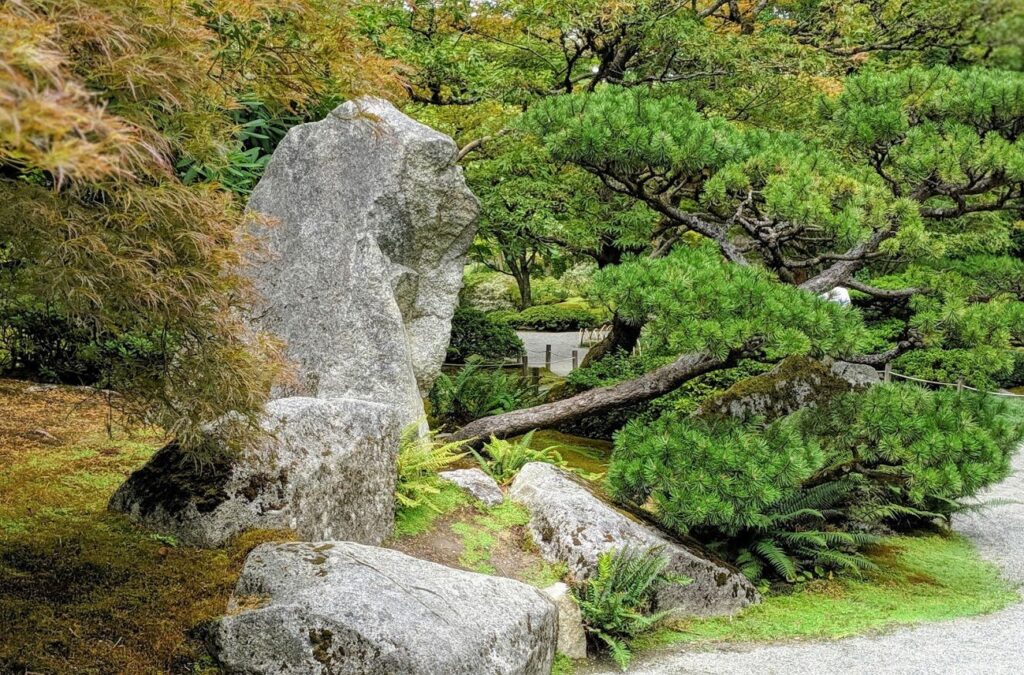
This image is property of images.squarespace-cdn.com.
4. Yamagata-ishi (Mountain Rocks)
4.1 Characteristics
Yamagata-ishi, or mountain rocks, are large and imposing rocks that resemble mountainscapes. These rocks often have irregular shapes, sharp edges, and rugged textures, mimicking the natural beauty and grandeur of mountains. They are typically composed of granite, basalt, or limestone, and are known for their durability and ability to withstand harsh weather conditions.
4.2 Uses in a Japanese Garden
Mountain rocks are commonly used as focal points within a Japanese garden. Their bold and rugged appearance adds a sense of drama and grandeur to the landscape, creating a striking visual impact. These rocks can be strategically placed to evoke the feeling of standing before a majestic mountain range or to create a visual contrast against softer elements such as moss or water features. Mountain rocks can be incorporated into various garden styles, from traditional to contemporary, and add a sense of depth and verticality to the overall design.
4.3 Popular Types
Some popular types of mountain rocks commonly used in Japanese gardens include:
- Iwauwaishi: These rocks are characterized by their sharp and jagged shapes, resembling the rugged peaks of mountains. They are often used in Zen gardens to symbolize strength and immortality.
- Junishinzui: Known for their unique blue-gray color, these rocks are reminiscent of the misty mountain ranges often seen in traditional Japanese paintings. They bring a sense of calmness and tranquility to a garden.
- Daizaishi: These large, rounded rocks resemble massive boulders and can be used to create a sense of stability and permanence within a garden. They are often placed at the entrance or near water features, providing a focal point for visitors to admire.
5. Tsubo-niwa-ishi (Garden Bed Rocks)
5.1 Characteristics
Tsubo-niwa-ishi, or garden bed rocks, are smaller rocks that are typically placed within the garden beds and act as anchors for the surrounding vegetation. These rocks are known for their smooth and rounded shapes, often with a weathered appearance. They come in various sizes and colors, ranging from warm earth tones to cool grays, and can have subtle textures and patterns that add visual interest to the garden.
5.2 Uses in a Japanese Garden
Garden bed rocks play an essential role in creating a harmonious and balanced composition within a Japanese garden. They provide a visual contrast to the surrounding plants, adding depth and texture to the landscape. These rocks can be strategically placed to guide the viewer’s gaze and create a sense of movement within the garden design. Additionally, garden bed rocks help prevent erosion by acting as natural barriers that hold the soil in place, ensuring the longevity and stability of the garden.
5.3 Popular Types
Some popular types of garden bed rocks commonly used in Japanese gardens include:
- Kikyōseki: These rocks have a rounded shape and are often polished by natural forces like water and wind. They are reminiscent of pebbles found along riverbeds and beaches, bringing a sense of tranquility and calmness to a garden.
- Kirinenishiki: These rocks have vibrant colors and unique patterns, ranging from reddish-orange to deep purple. They create a striking visual contrast against the surrounding greenery and can be used to add a pop of color to a garden design.
- Hakoishi: These rocks have an elongated shape and are often placed in groups to create a sense of movement and flow within the garden. They are particularly useful for guiding visitors along pathways or delineating specific garden areas.
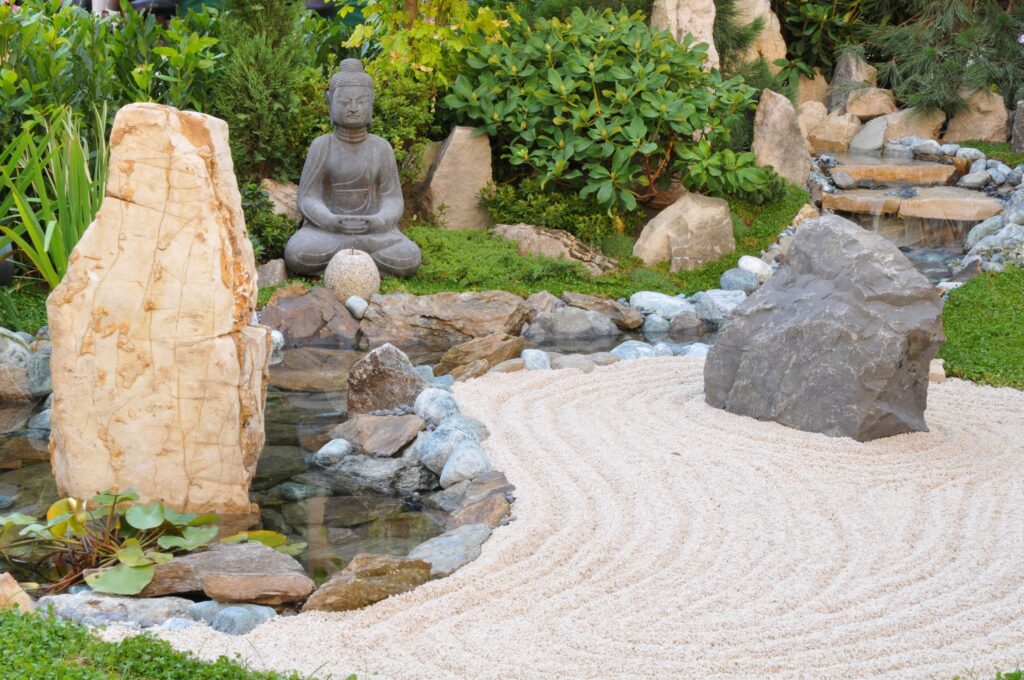
This image is property of cdn.sanity.io.
6. Suiseki (Viewing Stones)
6.1 Characteristics
Suiseki, or viewing stones, are rocks that are selected for their naturally occurring shapes and textures, resembling landscapes, animals, or mythical creatures. These rocks are often smooth and polished, highlighting their natural beauty and intricate details. They come in various shapes and sizes, ranging from small handheld stones to larger tabletop displays.
6.2 Uses in a Japanese Garden
Suiseki stones are not necessarily incorporated directly into the landscape but rather displayed as objects of beauty and contemplation. They are often showcased on delicate stands or trays and placed in prominent locations where they can be admired and appreciated. These stones invite viewers to find a sense of tranquility and peace by engaging with the natural beauty encapsulated within their unique shapes and patterns.
6.3 Popular Types
Some popular types of suiseki commonly used in Japanese gardens include:
- Seascapes: These viewing stones resemble small islands or sections of the coastline, with intricate patterns and textures that mimic the ebb and flow of waves. They evoke a sense of calmness and contemplation, reminding viewers of the vastness and beauty of the sea.
- Mountainscapes: These stones resemble miniature mountain ranges, with jagged peaks and valleys. They capture the majesty and strength of mountains, inviting viewers to reflect on the power and resilience found in nature.
- Animal Representations: Some viewing stones are shaped naturally to resemble animals or mythical creatures, such as dragons, turtles, or birds. These stones bring a sense of whimsy and intrigue to a garden, sparking the imagination of viewers.
7. Ishigaki (Stone Paths)
7.1 Characteristics
Ishigaki, or stone paths, are a common feature in Japanese gardens and serve both practical and aesthetic purposes. These stones are selected for their durability and ability to withstand foot traffic, making them ideal for creating pathways and walkways within the garden. Ishigaki stones can vary in size, shape, and color, but they are typically flat and smooth to ensure a comfortable and stable walking surface.
7.2 Uses in a Japanese Garden
Stone paths play an important role in guiding visitors through a Japanese garden while maintaining a sense of harmony and balance. They can be strategically placed to create a natural flow and direct the viewer’s gaze towards specific focal points or garden features. Stone paths also offer an opportunity for visitors to experience the tactile beauty of the stones, adding a sensory dimension to the garden. Additionally, these paths can create a sense of rhythm and pace within the garden design, enhancing the overall aesthetic appeal.
7.3 Popular Types
Some popular types of stones used for paths in Japanese gardens include:
- Stepping Stones: These flat and irregularly shaped stones are placed at intervals to create a stepping pathway across a pond or stream. They add a sense of playfulness and adventure to a garden, encouraging visitors to engage with the garden’s natural elements while maintaining a sense of mindfulness.
- Flagstones: These large, rectangular stones are often used to create a more formal and structured pathway. They can be arranged in a variety of patterns, such as herringbone or basket weave, to add visual interest and complexity to the garden design.
- Stepped Paths: These paths consist of a series of small, flat stones arranged in a staircase-like pattern. They are particularly useful for traversing sloped or hilly areas, providing stability and ease of access.

This image is property of i0.wp.com.
8. Additional Rock and Stone Elements for Japanese Gardens
In addition to the traditional rock types discussed above, there are several other rock and stone elements that can enhance the beauty and authenticity of a Japanese garden. These elements add a sense of tranquility, balance, and sophistication to your garden design.
8.1 Water Features
Water features, such as ponds, streams, and waterfalls, can be beautifully complemented by the strategic placement of rocks and stones. Large boulders can be used to create the illusion of natural formations, while smaller pebbles and cobbles can line the edges of ponds or be placed in and around cascading water features. Rocks and stones help create a more natural and organic look and feel, enhancing the overall visual appeal of the water feature.
8.2 Zen Gardens and Raked Gravel
Zen gardens, also known as dry gardens or rock gardens, are minimalist and meditative spaces that usually consist of raked gravel or sand, with carefully placed rocks and stones. The raked patterns in the gravel symbolize water or waves and are intended to represent a sense of calm and tranquility. Rocks in Zen gardens are often arranged in clusters or individually to create focal points within the garden, inviting viewers to relax and contemplate the simplicity and beauty of the design.
8.3 Ornamental Bridges
Ornamental bridges, such as arched wooden bridges or stone stepping bridges, are popular features in Japanese gardens. These bridges not only serve a functional purpose by allowing visitors to cross bodies of water or accentuate changes in elevation but also add an aesthetically pleasing element to the garden. Stones can be strategically placed around the bridge to create stability and enhance the overall design.
10. Maintenance and Care of Rocks and Stones
Once you have carefully selected and incorporated rocks and stones into your Japanese garden, it is important to maintain and care for them to ensure their long-term beauty and durability.
10.1 Cleaning
Regular cleaning of rocks and stones helps remove dirt, debris, and algae that may accumulate over time. Use a soft brush or cloth to gently scrub the surfaces, and avoid using harsh chemicals or abrasive materials that could damage or alter the appearance of the rocks. For stones placed in water features, periodically check and clean any mineral deposits or algae growth to maintain their natural beauty.
10.2 Preventing Weed Growth
Weeds can detract from the overall appearance of your Japanese garden and compete with the rocks and stones for space. To prevent weed growth, regularly inspect the areas around the rocks and remove any unwanted vegetation. Consider using a layer of landscape fabric or mulch to inhibit weed growth and maintain a clean and manicured look.
10.3 Weather Protection
Depending on the specific rocks and stones used in your garden, it may be necessary to protect them from extreme weather conditions. Some rocks may be susceptible to erosion or damage from freezing and thawing cycles. Consider applying a sealant or protective coating to vulnerable stones and monitor their condition regularly. In particularly harsh climates, it may be necessary to temporarily cover delicate rocks during winter months to prevent cracking or damage.
In conclusion, the careful selection and placement of rocks and stones in a Japanese garden are essential for creating an authentic and harmonious atmosphere. These natural elements not only have cultural and symbolic significance but also add aesthetic appeal and visual interest to the garden design. Consider the size, shape, color, and texture of rocks, as well as their geological characteristics, when choosing them. Traditional Japanese rock types such as yamagata-ishi, tsubo-niwa-ishi, suiseki, and ishigaki offer a wide range of options to suit different garden styles. Additionally, incorporating water features, zen gardens, and ornamental bridges can further enhance the beauty of your Japanese garden. With proper maintenance and care, your rocks and stones will continue to add tranquility and beauty to your garden for years to come.
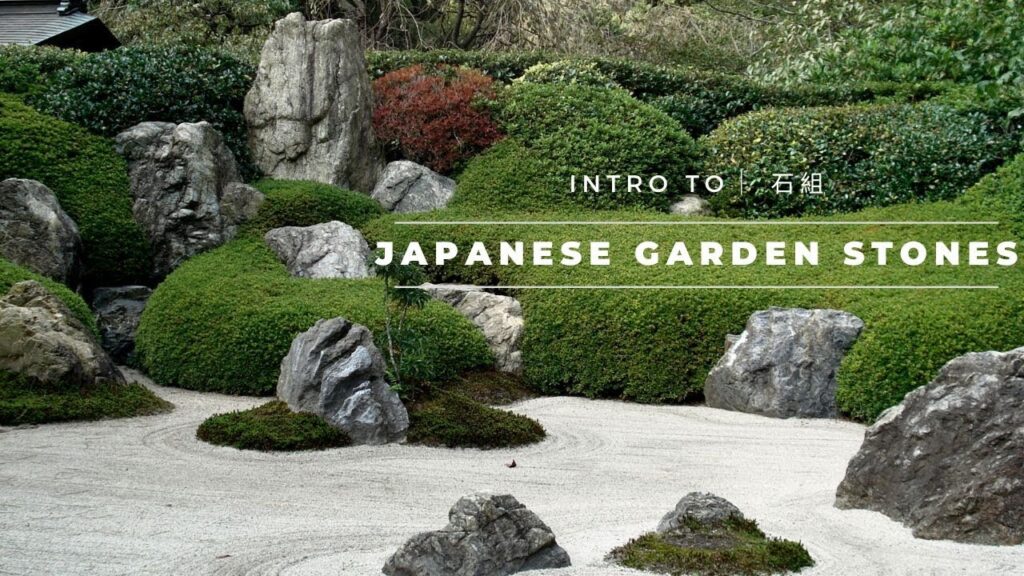
This image is property of i.ytimg.com.

